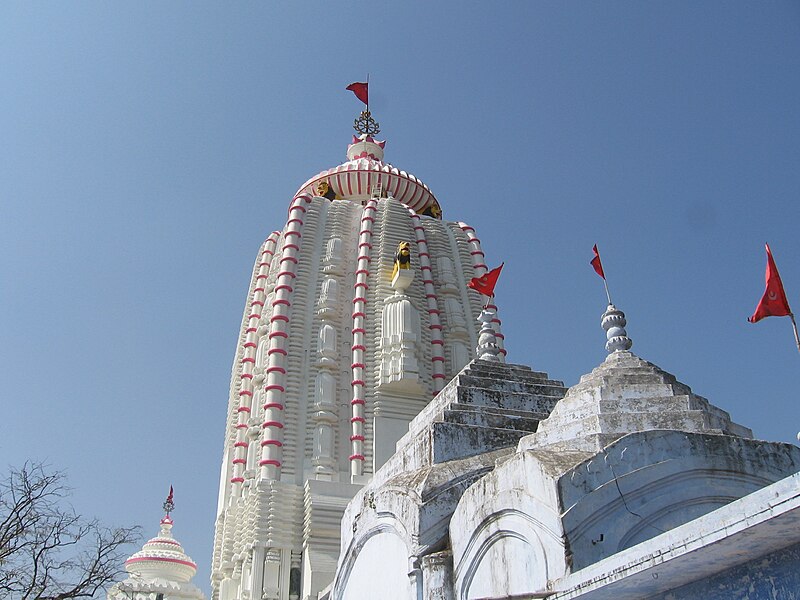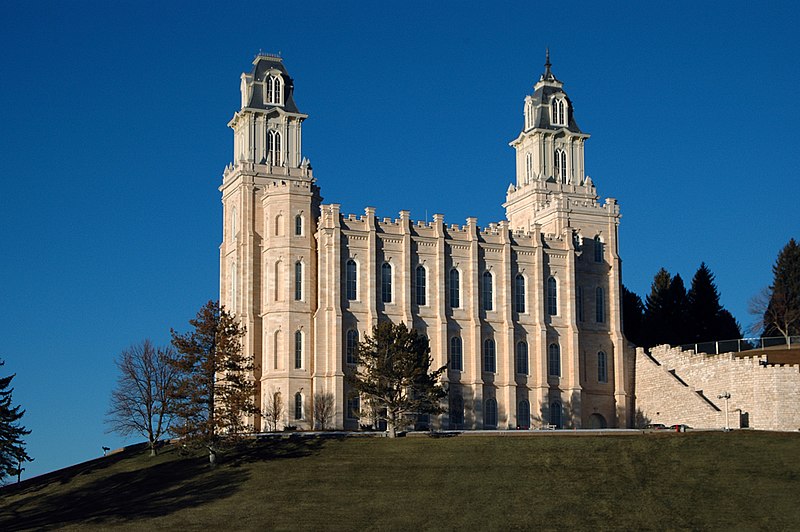Name : Arulmigu Maruntheeswarar Thirukovil, Thirukkachur
Location :
This temple is located in 3 kms from Singaperumal kovil on the way to Sri perumpathur. Singaperumal Railwaystation lies beween chennai- chengalpattu train route.
There is a motorable road that leads to the temple on hilltop.
Legend :
When Aswini Devas were in search of medicinal herbs in this mountain, Lord shiva and Godddess helped them show herbs,hence the name “Irul neekithayar” and Maruntheeswarar. So it is believed that worshipping Lord here will solve problems with their health.
Description :
This is a beautiful temple which is said to be built by Kulothunga Chozha, where the main deity is Sri Oushadheeswarar (in Sanskrit ‘oushadha’ means medicine) also called Marundheeswarar and Goddess Andhaka Nivarani Ambaal (also called Sri Irul Neekki Ambaal).
It is said that Sage Agasthiyar worshipped Lord Marundheeswarar both at Thiruvaanmiyur and Thirukkachur and enriched his knowledge on Herbal Medicines.
The people believe that the soil of this place itself is medicinal (மண்ணே மருந்து) and would cure one from ailments. There is a small pit near Dwajasthambha filled with mud. This mud is considered sacred and medicinal, which devotees apply on their forehead like Vibhuthi.
There is an ancient well at the north eastern side of this temple. This serves as the Theertham for this temple and is called 'Oushadha Theertham'. This water too is believed to have medicinal properties.
This well is made in such a way that, one can enter the well and reach up to the surface of water through the steps. This steps start at a distance from the well and goes inside the well even below the water level. It is said that there are 60 steps to this stair case. A very unique and a 'well designed well’.
Sundara Murthy swamigal describes this Lord as “Maalai MathiyeMalai mel Marundhe”.
Girivalam is very popular here. Devotees undertake Girivalam on Pournami (full moon) days and Tuesdays praying the Lord, to get cured of their illness.
Holytree : Verpala (Jack Tree)
Darshan Time : Morning 7am – 10 am Evening 6pm -8pm
Websites :
http://www.dharsanam.com/2008/03/thirukkachur-sri-oushadheeswarar.html











